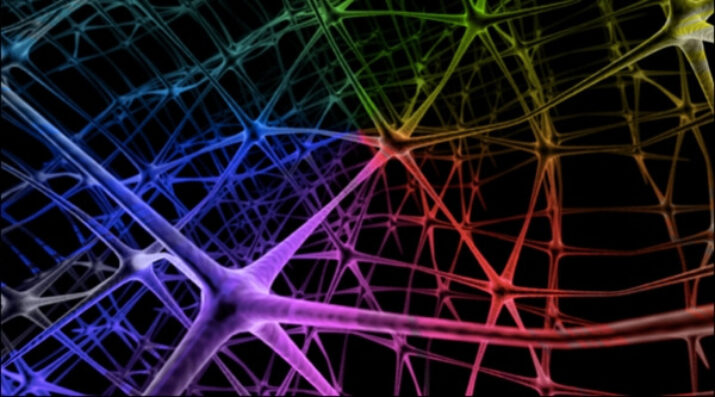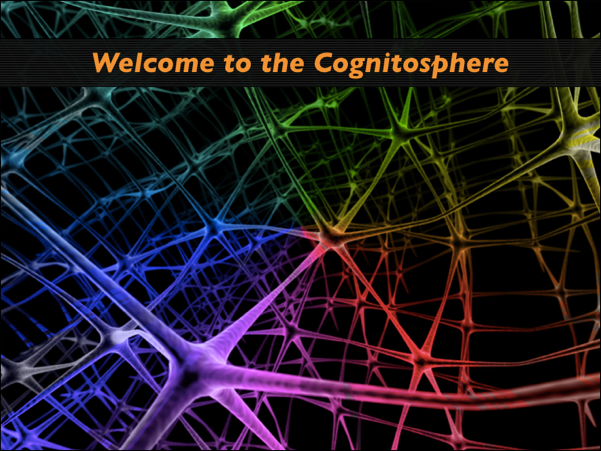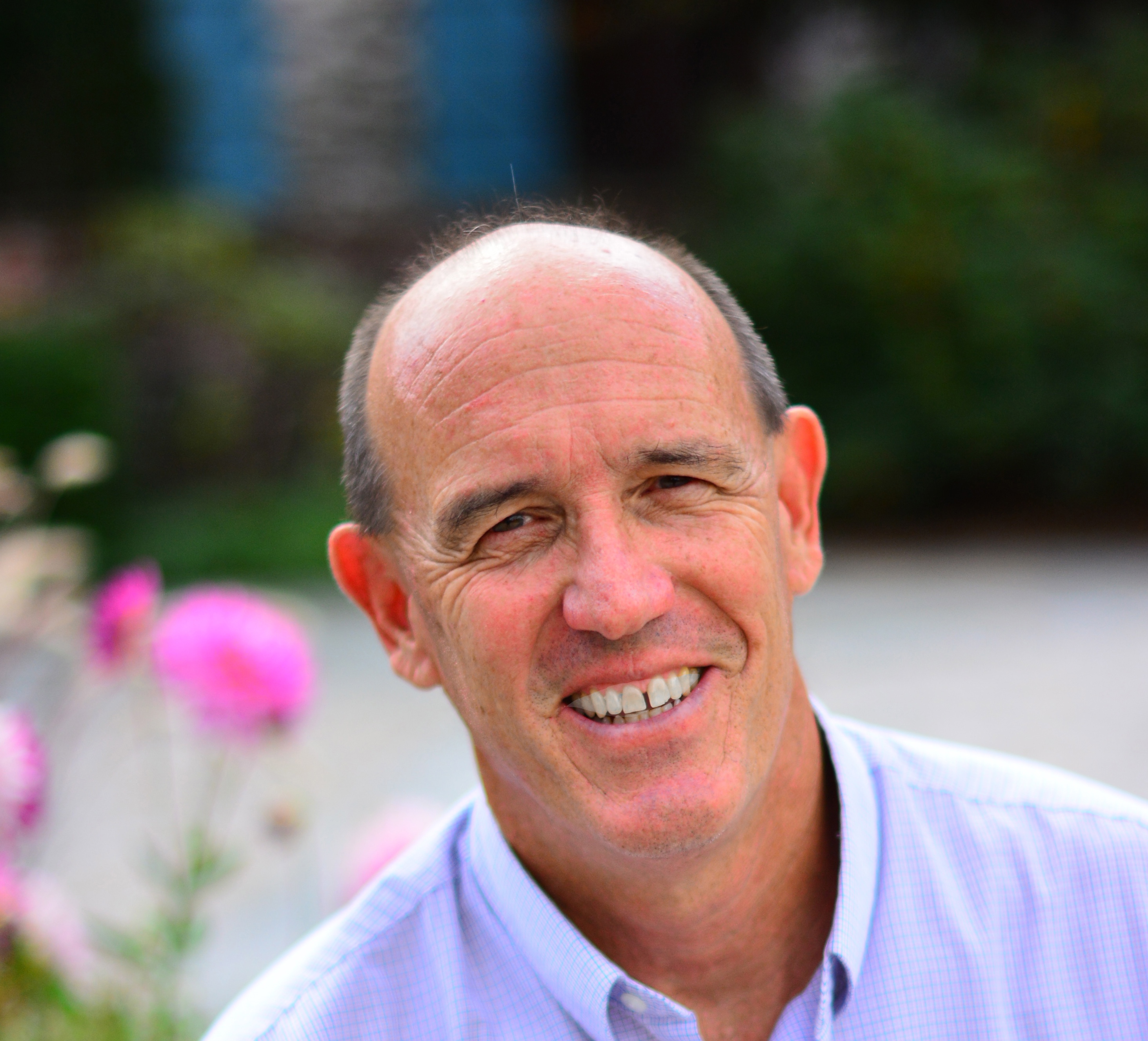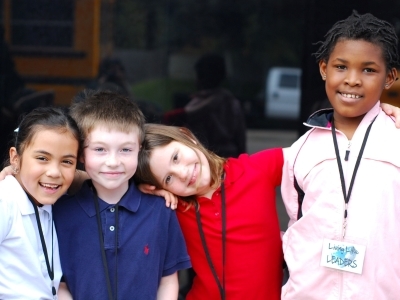Radical Connectivity: A Potential Big Win for Educators from COVID-19
Topics

When educators design and create new schools, and live next gen learning themselves, they take the lead in growing next gen learning across the nation. Other educators don’t simply follow and adopt; next gen learning depends on personal and community agency—the will to own the change, fueled by the desire to learn from and with others. Networks and policy play important roles in enabling grassroots approaches to change.
Nearly overnight, the global pandemic radically disrupted education's traditional pathways of human interaction. Three principles, evolving in real time, will change how education operates in a post-COVID-19 world.
There is a reason we call it “science” fiction. From Isaac Asimov and H. G. Wells to Gene Roddenberry, Arthur C. Clarke, and Stanley Kubrick, our views into the future are aspirational, imprecise, exciting, and often scary. Divining the future often hinges on a technology or understanding of science that is beyond the horizon of our current experience…until it is not. This spring, as pandemic spread from a marketplace in China to the furthest reaches of the planet with wholly predictable lightning speed, some of those seemingly fanciful, abstract, obtuse notions of the future grabbed us collectively by the throat in very real ways. We started living a movie plot line.
The history of modern education now has two periods: Before March 2020 and After March 2020. Our lives as educators before Covid-19 were highly isolated and regulated. We worked in our silos of classroom, subject, grade level campus, and job titles. Directions about how to teach and how to learn flowed from the state houses, district offices, colleges of education, and big publishers to the principals, teachers, and finally to the students. These lines of direction and communication were highly regulated and highly unidirectional. People with big titles told people with smaller titles what to do and how to do it. And, like the denizens of Flatland, most of us could hardly imagine a world unbridled by rigid, proscriptive, often highly-authoritarian and unidirectional knowledge transfer.
But we were wrong. We just didn’t really know we were wrong until our schools closed.
Over the past two decades, humanity has, for the first time in history, seen the exponential growth and rapid evolution of a global, social, neural network that, in 2012, I first called the cognitosphere, and that others have called the metaverse and other made-up words. It is an increasingly distributed system of human-to-human interactions accessible to anyone with an internet connection, which is now most people on the planet. Take a deep look at Figure 1; it is the best graphic I can find to demonstrate the structural potential of the cognitosphere. Each node might be a person or an organization, where size is based not on wealth or past prestige, but on how much is created and shared. With this complexity of nodes and infinite possible pathways for distributed interactions, the cognitosphere is as different from traditional one-to-one and one-to-many communication pathways as a Star Trek transporter is to an airplane.

Figure 1.
Most educators ignored this evolution; the few who paid attention set it aside as science fiction, relatively unrelated to the work of their daily lives. But then a global pandemic radically disrupted our traditional pathways of human interaction. Nearly overnight, we were cut off from our silos; the exoskeleton of classroom, campus, daily schedule, curriculum, testing, grades, and human interaction was shattered. And, also nearly overnight, the cognitosphere, which had been lurking just beyond the consciousness of most educators, kicked into a whole higher set of gears.
Within just days of mandated school shutdowns, millions of educators started meeting with colleagues, some who they already knew and many who they did not, often without direction from a titular superior. Tens of millions of students, teachers, and parents connected across dozens of social media and learning management platforms. Neighbors who often did not know each other built dense networks to share information, advice, and support. Families and friends separated by country and continent, workers forced to work from home, and students unable to rely on their teachers for minute-to-minute micromanagement found that physical distance was not an impenetrable barrier to effective communication, learning, or the preservation of critical relationships. For those who thought learning had to take place in a classroom, it was like suddenly finding themselves in a future where Scotty can beam us up at the flick of a switch.
With the closure of school buildings, we see that knowledge will find a way to flow, even if the traditional pathways are stoppered.
Why is the cognitosphere now an inevitable, if not yet equitable, part of the educational operating system? How will the lives of education stakeholders change in the future beyond the current pandemic crisis? Here are three principles that are evolving in real time as we adjust to a post-COVID-19 world:
Knowledge Is the Flow of Education
Like gravity, “flow” is a quantifiable, map-able force of both the natural and human world. In a 2013 blog post I cited Dr. Adrian Bejan, a Duke University engineer, educator, writer, and mega-thinker who, along with his colleagues, developed the constructal law, a first principle of the world in which we live. Bejan has studied systems ranging from rivers to blood vessels, athletes to airports, cities to universities, trees to fish, and he proves that all of these systems develop along lines that increase efficiency in the transfer of what it is that flows through them. The law is, Bejan says, “revolutionary because it is a law of physics…that governs any system, anytime, anywhere…(including) social constructs such as knowledge, language, and culture.”
At its core, learning is the flow of knowledge and ideas. Even a few months ago, this fact seemed esoteric, or at least peripheral, to most of us. And then our “normal” paths of communication were radically disrupted; the normal flow of learning was dammed. What happened? Literally overnight, we started creating alternative flow pathways across the cognitosphere. Within days of the COVID-19 shutdown, first thousands, and then millions of teachers, administrators, students, and parents started generating an uncontrolled “flow” of knowledge and ideas: a unit of curriculum, a new idea for home-based learning, an opportunity to serve our neighbors, a hint about how to home-school your child.
With the closure of school buildings, we see that knowledge will find a way to flow, even if the traditional pathways are stoppered. Lectures, textbooks, workbooks, lab experiments, essays; all of these are just bits and drops in that flow. New flow channels will overcome the frictions of tradition and inertia and become increasingly meaningful and effective. Fighting to go back to “normal” will be as futile as trying to reverse the flow of entropy, and over time, entropy always wins.
Good Ideas, Shared More Often, Drive Change
In an education system driven by flow, good ideas with more impact tend to create larger channels of flow. Those larger channels are able to overcome natural resistances, which, in the case of education include fear of change, structural inequities, inertia, selfish interests, poor practices of professional development, and pedagogies that have not been updated in 150 years. Prior to the COVID-19 crisis, the flow of ideas around education transformation was largely confined to channels developed by a minority of forward-leaning change agents. Those channels of flow have swelled because vastly more people need the information in those channels.
The number of connection pathways available to the global terrain of K-12 education is immense: billions of students, teachers, and other sources of idea creation and sharing. As these participants in a flow-based cognitosphere increasingly connect, bypassing traditional, highly-directed communications, they become more important and more impactful. Over the last month, large numbers of teachers are finding ideas in informal Zoom chats and on their social media feeds; school administrators are sharing models for the next school year across networks that have no formal affiliation; students are connecting with their peers to interact socially, but also to find productive ways to spend days at home; parents are finding and sharing resources on how to manage new roles as home teachers.
Permission Is Not Required
What happens when the nexus of idea generation becomes highly diffused? The flow of ideas will never fully revert back to the deep channels controlled by a few dominant players or authorities. Too many people benefit too much when the flow restrictors on good ideas are loosened. Not all of this knowledge flow is equally valuable, and not all of this sharing will “stick,” either in the short term during the crisis or in the long term once this particular crisis has passed. But it is also likely that the genie will not go back into the bottle.
People connect because they want to connect and benefit from connecting, a dominant 21st-century driver of transformational change.
We have known for centuries that cross-silo connectivity drives innovation. From the coffee houses of 15th century Venice to Edison’s Bell Labs to the rise of Silicon Valley, dense connections amongst people with varied and disparate backgrounds is a requirement of change that meets rapidly evolving needs. In a 2013 blog post, I cited Marina Gorbis, the director of The Institute for the Future in Palo Alto. Her book, The Nature of the Future, looks at the evolution of major industries and sectors through the lens of what she calls a “socialstructed” world: combining initiative, passion, social connections, and the drive to build new things outside of existing institutions, ultimately with more flexible and resilient results. Like Bejan, Gorbis sees the inevitable development of structures that facilitate the flow of knowledge that do not require formal permission or authority. People connect because they want to connect and benefit from connecting, a dominant 21st-century driver of transformational change.
Hopefully the last two months have drilled into our heads that rapid change is the nature of our world, not just when a pandemic strikes. Hopefully more of us now understand more clearly the meaning of exponential rates of change. Hopefully most of us realize that impacts of this pandemic, and the next major regional or global disruption, don’t dissipate in a few weeks or months. Hopefully more of us understand that, as I wrote in the introduction to Thrive, evolution is neither fair nor kind, and this pandemic is evolutionary on a massive and rapid scale.
Radical connectivity is not a stand-alone cure for all that ails education, but without it, the chances of significant change are vastly reduced. Education is not going to change just because natural change agents are passionate; in fact, I believe that once the immediate crisis has passed, the majority will feel an overwhelming urge to default back to the comfortable past.
Yet, as the crisis moves from what Greg Bamford calls triage to resilience, all education stakeholders should maintain, and in fact accelerate, the flow of knowledge across a cognitosphere in which many more of us are now active. Major changes across complex organizations require time-tested processes, and one of these is a much higher degree of diverse interpersonal connections than has ever been part of the education system. Schools, districts, and individual educator stakeholders have an historic opportunity right now, and those who continuously and sustainably boost highly-distributed, multi-directional knowledge flow will be the influencing agents of innovative school transformation.




